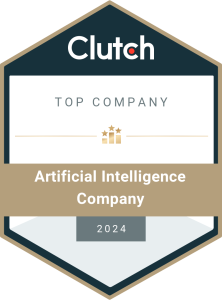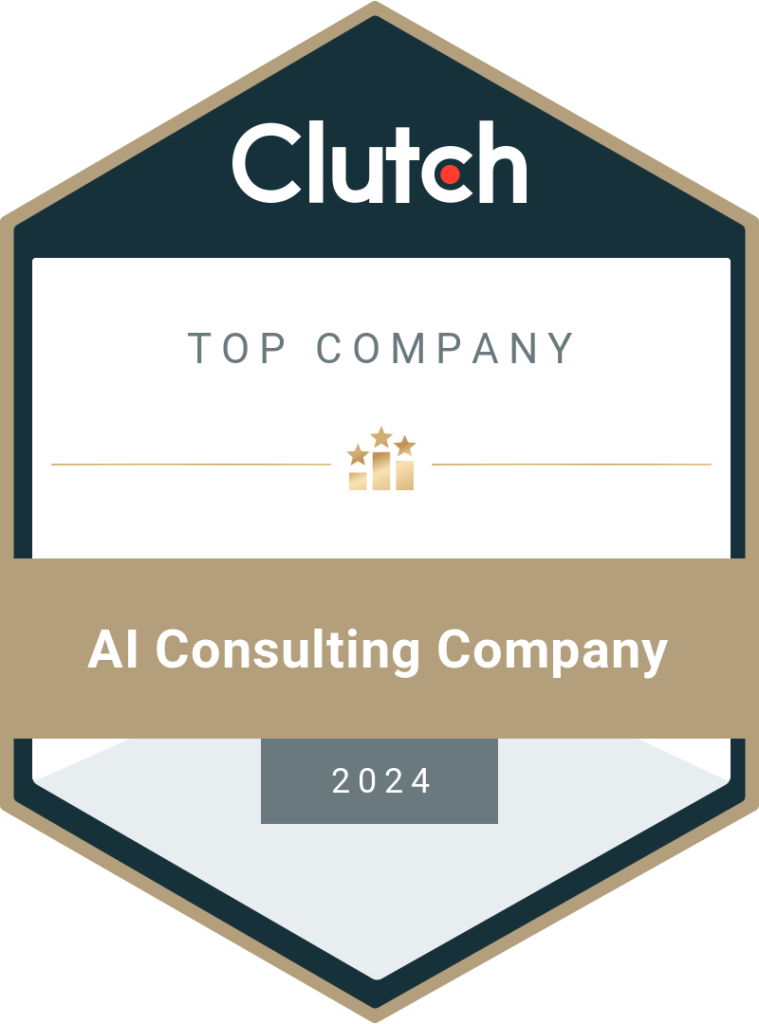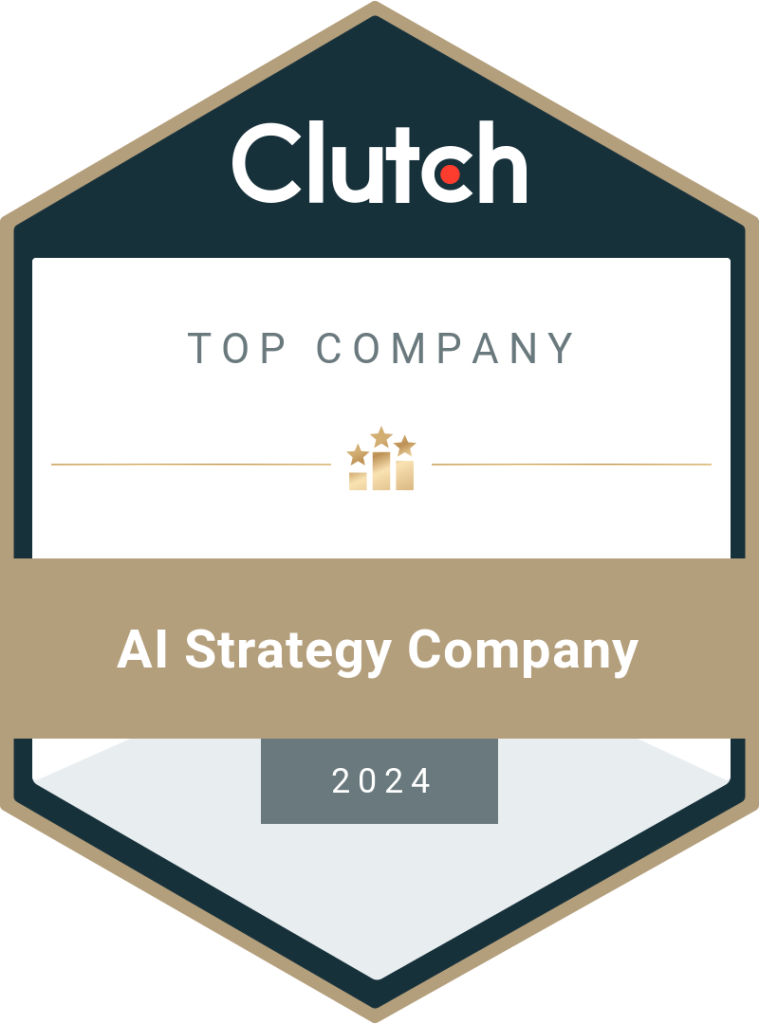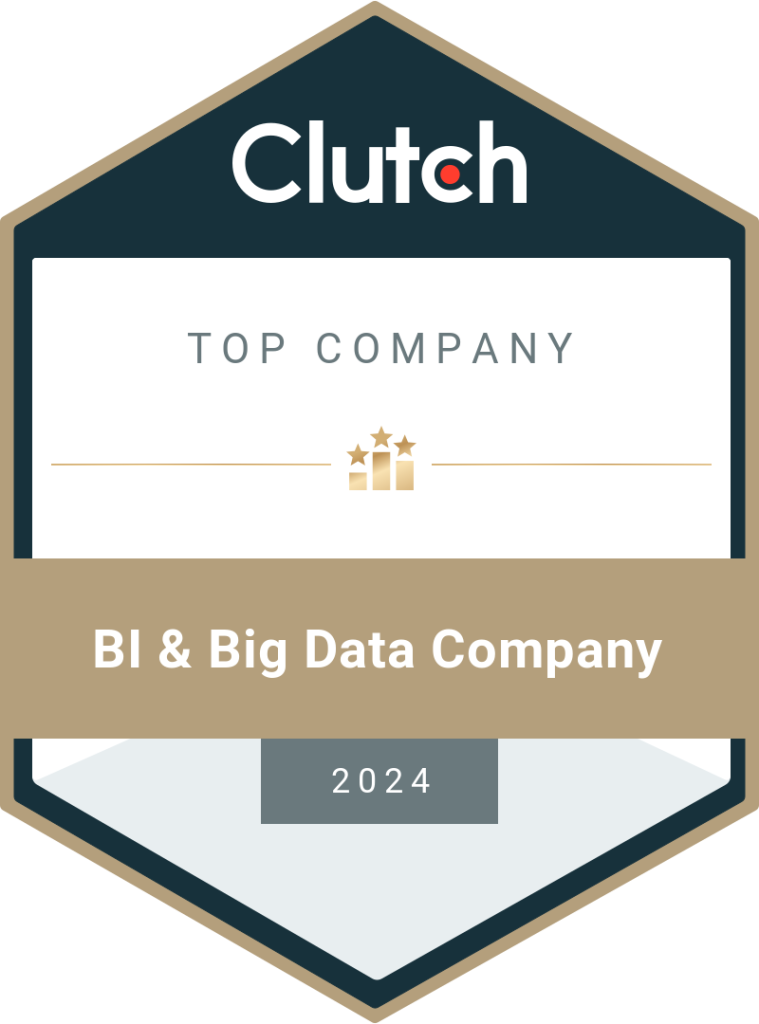How to Use Power BI to Extract the True Value of Your Data?
Processing data sets to identify patterns and trends to draw meaningful conclusions is called data analytics. It helps enterprises use real-time and historical data to derive insights that help in decision-making. Data analytics requires the use of modern technology and tools. Business intelligence, reporting, and data visualization are components of data analytics. These together help organizations adopt the data-driven model and streamline the business processes. One of the notable business intelligence tools in the market is Power BI by Microsoft. Several SMEs and large enterprises worldwide use Power BI to connect, model, visualize and share data across the business. You can either hire Power BI professionals or rely on offshore Power BI services provided by consulting companies. Microsoft calls Power BI a powerful to bridge the gap between data and decision-making. It has several features that help you extract the true value of data and understand it to make the apt decisions for your business. Types of Power BI Power BI is a package of several products and services. These can be used individually and together to attain the expected results for the organization. You can understand how Power BI works by reading the beginner guides. Power BI Desktop This is a free self-servicing tool that can connect to 70+ in-house and cloud data sources. It helps analyze data and generate reports. Power BI Service This service is a cloud-based service hosted on Microsoft’s cloud platform to allow employees to access dashboards and reports through different devices (browser, mobile, etc.). Power BI Pro This is a paid cloud-based service with additional features that facilitate collaboration between teams. It allows easy sharing of data reports and can embed the data visuals into Power BI apps. Power BI Premium This is not an application. In fact, it is a service that allows you to share the reports in the cloud with people from outside the enterprise. It brings flexibility and scalability to the app, making it possible for an organization of any volume to adopt Power BI with ease. Power BI Mobile This can be used on smartphones with Android, iOS, and Windows 10 operating systems. Power BI Report Server This is used to access the reports created using the desktop or the Pro version. It is an on-premises report server that allows your employees to access reports from any device and location. It is beneficial if you have limited storage capacity on the cloud or external data centers. Power BI Embedded This is for developers to embed Power BI to other software and application used within the enterprise. Advantages of Using Power BI Power BI is undoubtedly one of the best tools to make the most of your business intelligence capabilities and gain an edge over competitors in the industry. The following are some of the advantages of using Power BI- Features Power BI has rich and user-friendly features that help the process, analyze, and present data in attractive and easy-to-understand formats. Data visuals can be generated independently or in collaborative environments. System Integrations Power BI can be integrated into different apps to produce and share reports throughout the enterprise. The features can be customized to suit the varying needs of each business. Easy Accessibility Since Microsoft Power BI can be used on multiple operating systems and devices, it increases accessibility to data and data analytics. The apps are user-friendly and can be used by employees with little or no training in Power BI. That said, this aspect is limited only to the end-user features. Regular Updates From Microsoft Microsoft doesn’t just release products into the market and leave them. The company constantly improves the features, adds new ones, and makes Power BI even more powerful. Multiple Data Sources Collecting real-time data is now easy with Power BI. Whether it is IoT sensors, social media, media, or any other source, collecting raw data in real-time and using it for analytics is a quick and easy task. The changes in data will be automatically reflected in the reports and on the dashboard. Seamless Integration Power BI consultants can integrate the tool into your business environment with apparent ease. Whether you want to use it through cloud services or on-premises servers, experts will ensure that the process is streamlined and simplified. This allows end-users (employees from different departments) to use Power BI for data and report sharing with any team member. Personalized Dashboards The dashboard is one of the greatest features of Power BI. Apart from allowing employees to get real-time reports and edit them using several features like drag-and-drop, the dashboard can be personalized by each employee. The sales team will need reports of one kind while the accounts team needs another. The elements in the dashboard can be customized (added and removed) to suit the team’s requirements. Secure Data Processing and Reporting Microsoft knows the importance of data security and has provided enough options to set up security levels for data analytics and sharing reports. Employees who generate the reports can set up Row-Level Access filters that allow only certain teams to edit or modify a section of the report. This brings a balance between data sharing and data security. Employees can view the reports, but only those with permission can edit them. Ease of Setup and Use Setting up Power BI is as easy as it can get. There is no need to put the team under extensive training to use the tool. Experts from Power BI consulting companies will handle the initial process, and employees can use the dashboards to use the reports in their day-to-day work. Customization of Power BI App The app can also be customized to make navigation simple, fast, and effective. If your employee has to spend precious time searching for the required data, it doesn’t make sense to use such a powerful tool, right? By customizing the navigation, employees can find data and reports in less time and complete their work. Breakdown of Information The main aim of using Power BI is to understand data. If the data visuals are complex and confusing, how
Read More






